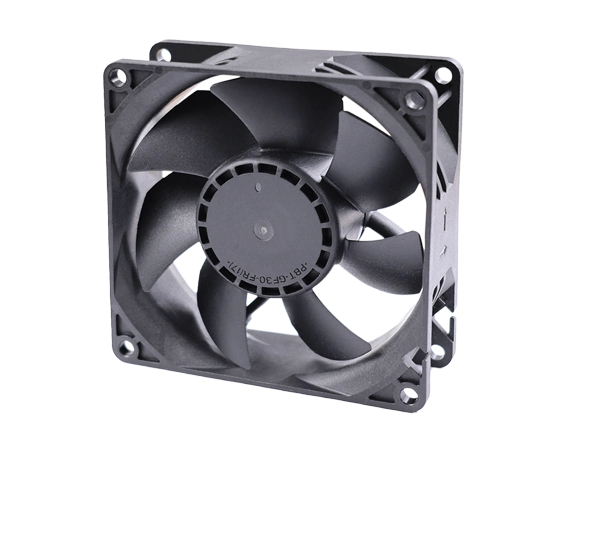Building a house is a significant investment, and choosing the right materials is crucial for its longevity, energy efficiency, and overall sustainability. In this blog post, we will explore the various materials used in constructing houses, considering their properties, environmental impact, and cost-effectiveness. By understanding the different options available, you can make informed decisions when it comes to building your dream home.
- Foundation: Reinforced Concrete
The foundation is the backbone of any house, providing stability and support. Reinforced concrete is the most commonly used material for foundations due to its exceptional strength and durability. It is resistant to moisture, fire, and pests, ensuring the longevity of your home. - Walls: Insulated Concrete Forms (ICFs)
When it comes to walls, Insulated Concrete Forms (ICFs) offer numerous advantages. These forms consist of interlocking foam panels that are filled with concrete, providing excellent insulation and soundproofing. ICFs also have high resistance to fire, wind, and earthquakes, making them a safe and secure choice for your house. - Roofing: Metal Roofing
Metal roofing has gained popularity in recent years due to its durability, energy efficiency, and aesthetic appeal. It reflects sunlight, reducing heat absorption and cooling costs. Metal roofs are also resistant to fire, rot, and insects, making them a long-lasting and low-maintenance option. - Flooring: Sustainable Hardwood or Bamboo
For a sustainable and visually appealing flooring option, consider using hardwood or bamboo. Sustainable hardwood, such as bamboo, is a renewable resource that grows quickly, making it an eco-friendly choice. These materials also offer durability and can be refinished multiple times, extending their lifespan. - Windows: Energy-Efficient Glass
Energy-efficient windows play a vital role in reducing energy consumption and maintaining a comfortable indoor environment. Double or triple-pane windows with Low-E (low emissivity) coatings minimize heat transfer, preventing heat loss in winter and heat gain in summer. This helps to reduce heating and cooling costs while maximizing natural light. - Insulation: Spray Foam Insulation
Proper insulation is essential for energy efficiency and comfort. Spray foam insulation provides an airtight seal, preventing air leakage and reducing heat transfer. It also acts as a sound barrier and helps to control moisture, improving indoor air quality and reducing the risk of mold growth.
Conclusion:
Building a house requires careful consideration of the materials used to ensure sustainability, durability, and energy efficiency. By choosing materials like reinforced concrete for the foundation, insulated concrete forms for walls, metal roofing, sustainable hardwood or bamboo for flooring, energy-efficient glass for windows, and spray foam insulation, you can create a house that is not only aesthetically pleasing but also environmentally friendly and cost-effective in the long run. Embracing these optimal materials will not only benefit you as a homeowner but also contribute to a greener future.
